Interview with Onajide Shabaka
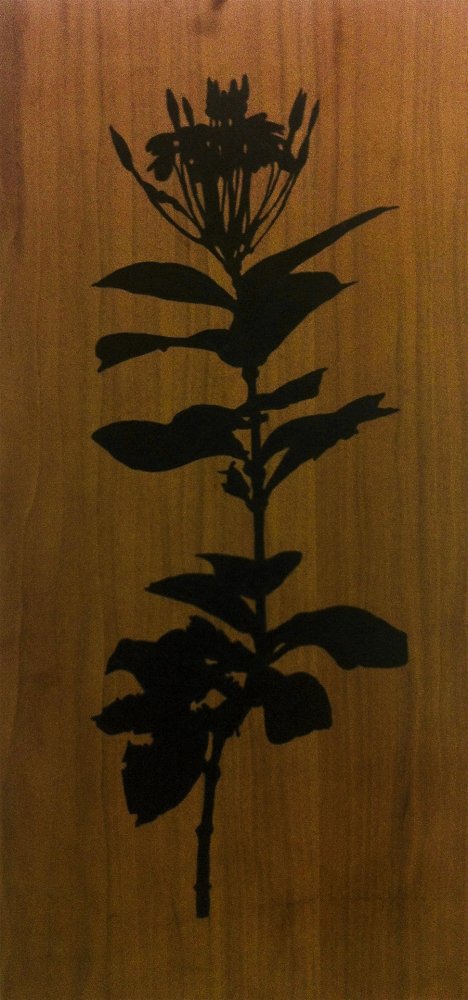
Can you talk a bit about your career to date please
The first show I had was in 1968. There were not many opportunities in Los Angeles, where I was living at the time. From about 1975 until 1989 I was in hiatus, so to speak. I had gone into making clothes, doing fashion design for men and women based on African and Asian styles in construction and also using tie-dye batik. I used natural fibers. In the 70s people wore polyester and I hate that stuff. I was doing the clothing and then I started racing bicycles. I was in Italy when I made the decision to do art again. I was there for six months to work and race bicycles. The reason for my hiatus was racism. I walked into a couple of galleries in California and their attitude was “what the fuck do you want?” I really got rude responses.
If you are getting these kinds of responses from galleries then obviously that is a hard road for a young person. You are spending thousands of dollars for an art education and then have no opportunity. I was always interested in exhibiting in museums because they seemed to be more open to exhibiting a variety of things. In the 70s museums were organized differently from now though. I lived in California for 19 years. I am originally from Ohio. When I came to Florida, I came to visit relatives. I came to visit in Fort Pierce and even though it was backwater compared to San Francisco there was something very nice about the place and I liked it so I decided I was going to move there. I have been in Miami since 1994.
What was the art scene like in Miami in the 90s?
Not very much. There was a little bit going on . I was living in Coconut Grove and I had met a couple of people that were involved in educational community projects. I tried to do my own art practice and I was in the gallery of a Haitian dealer and collector who was here for a short while. Otherwise I did mostly shows in the library system. Galleries did not seem to be interested in the subject of my art practice. A lot of it deals with African-American culture and the African Diaspora in general and there is a relationship to Florida.
That has changed though. Museums and collectors now own your work.
My work is in a few museums now . The Museum of Contemporary Art in North Miami, The Vero Beach Museum of Art and I have work in the collection of the Washington State Arts Commission and a few colleges and private collections.
Do you think the educational aspect of your work deters galleries?
Well, galleries I think are changing but back then racism was involved, I hate to say it. That is part of it. A commercial gallery has to find collectors and you do not see many African American artists in any galleries. I am talking specifically about Miami. I think that my art practice has been pretty much the same but my working methods have changed.
Do you have a preferred medium?
I have a bachelors degree in photography but over the last few years I have been doing less and less photography. I did not really think about it. I did a solo exhibition at the FIU downtown Fort Lauderdale campus. Bonnie Clearwater saw some of the works like the video and she liked those.
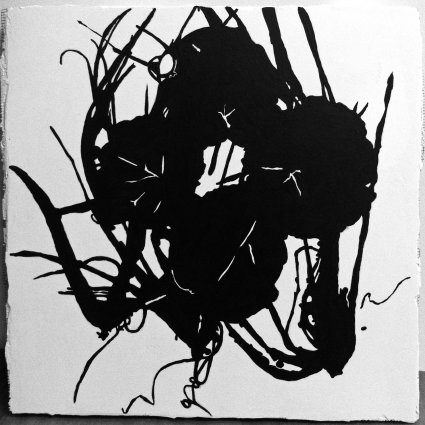
How much video art have you done?
Honestly, not a lot. I did about ten pieces for my solo show but I think only three of them were any good and I was really kind of surprised about the one that MOCA collected . Nobody had really seen any videos of me so there was no way I was able to judge what kind of reaction I was going to get. I had never done any or shown any. Then, all of a sudden, I hear “oh this is great.”
What attracted you to doing video?
I wanted to do video a long time ago and I tried to do some but I really did not have a good camera. Then somebody was saying someone made a feature length film with an iPhone so I said, oh I can use my phone.
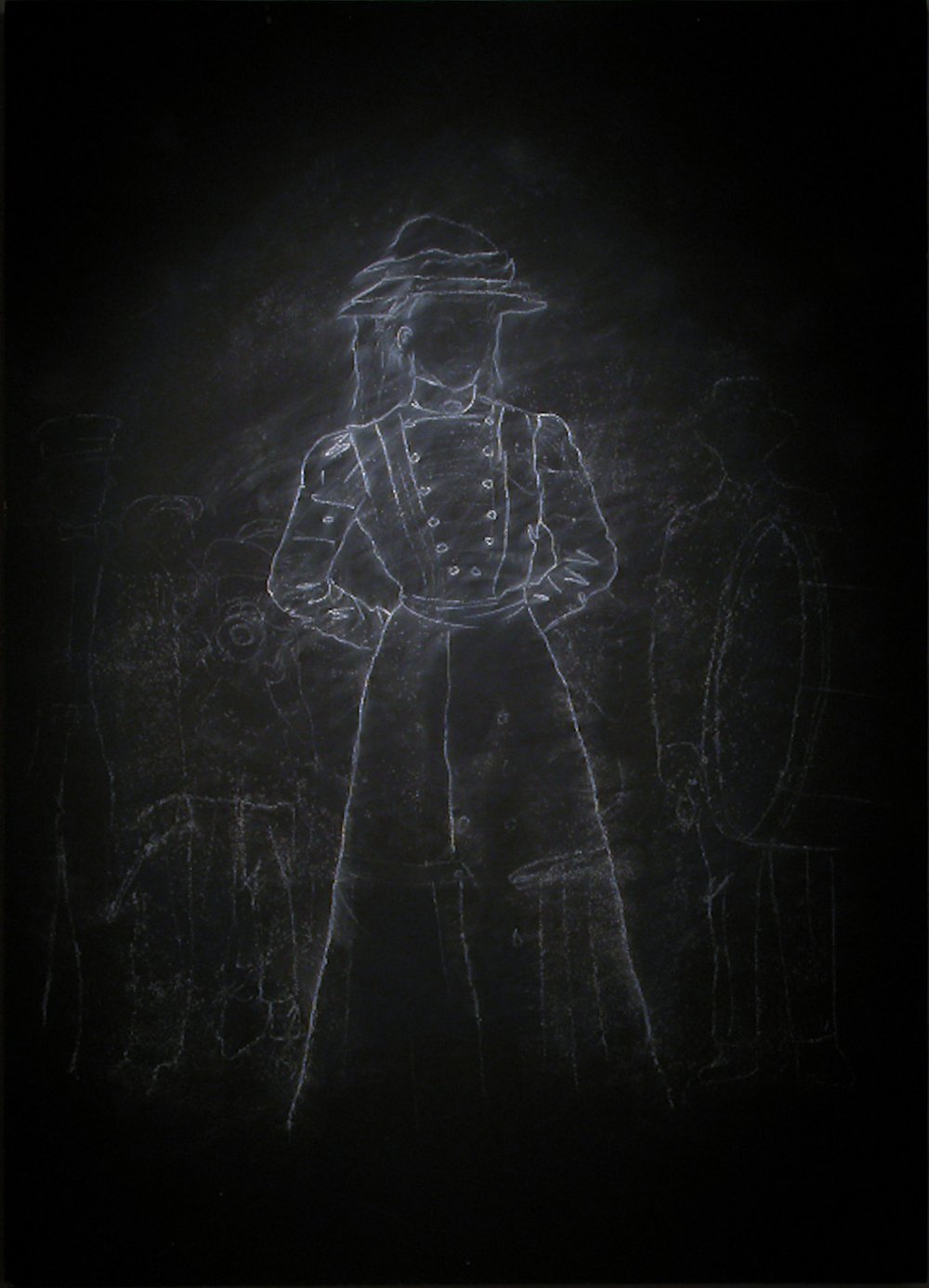
A lot of your work has a historic aspect to it. Can you elaborate?
It used to be just an idea but now, for me, like the video that you saw, Florida is the conjunction where Southern African American, Caribbean and African Diaspora all meet. If you look at the coast line of West Africa it is very similar, with lots of mangroves . It enabled me to rethink the landscape there in a fictional way but also because it is very desolate lots of animals and it is pristine . Now it is getting encroached by buildings on the edges but still you can see areas where there are no buildings. You can still play with ideas.
Was your approach from a standpoint of documenting and researching African Diaspora history in Florida or about Florida in general?
I was thinking more of the Diaspora . Florida has an interesting history. A lot of Africans went to Cuba and Haiti from here and even the Bahamas. In the period of time between Spanish rule and British rule . It was interesting in the sense that people migrated in different ways. My family moved here in the 1920sand Florida had not really been part of the United States for that long. I am thinking about the native population and what kind of interaction would have happened with the native population away from the Euro American communities.
What are you currently working on?
I am still looking into botanicals. Most things are kind of related to herbal medicines and foods but I am doing them in silhouetted shapes so you don’t really know exactly what they are unless you are really familiar with the plants. They just become forms. I also want to continue working with more figurative pieces, which is the reason why I was interested in the Dawoud Bey show. I have been surreptitiously been taking pictures of people on the bus and I use them for a bunch of silhouettes.
You curated a show in the Design District that opened on June 8. Tell me about your initial idea for the group show “Dirt”
William Cordova and I were having a conversation and somehow the conversation turned to dirt and the significance of dirt in various cultures. I was telling him that I had been to Minnesota years ago, around 1999, and had collected dirt and actually shipped some of it back to myself including some bricks from a building that was part of a mineshaft. We went our separate ways and I kept thinking about that conversation and thought that I should curate a show about dirt.
What did you do with the dirt you collected in Minnesota?
Some is in a box and in a milk crate and it is still here. I have not even opened it because I had been back several times and I got more dirt so I have collected dirt several times.
Why did you originally think of collecting it and bringing it back with you?
Because it was beautiful. It is red because of the iron in the soil in Minnesota. It was really fine and I wanted to mix it with some water and use it for painting or something like that. So that was the original idea.
How did you choose the artists for “Dirt?”
I had a gallery in Wynwood and I still have the website so I was using that as a curatorial project, called ArtLab 33 so I sent out a call through that website and there are four artists in the show from that call. David Rohn and Alette Simmons I have known for some time. The other people, I asked. Edouard Duval Carrié, he works with bacteria. He has used microscope images of bacteria. The two photographers from Arizona I met online many years ago. Kim Nicolini I have known so I asked her.
What concept did you give them?
I just gave them a little paragraph when I did the call. Any and all concepts about dirt. Even though there is a lot of literal dirt here. When I was doing the research, this goes back to the title of the show, I saw that in the Philippines for instance there is a whole culture around dirt. Especially women use dirt as pigment for tie-dye pieces. In Haiti people were eating dirt, pregnant women were eating dirt for the nutritional value it provides and women in the Southern United States as well. I remember my family talking about that a long time ago. It wasn’t about the literal. It’s like Robert Chambers talking about the one grain or one little spec of dirt transformed into a solid block of marble.
Can you tell me the meaning of your name?
I legally changed my name in the 70s. My brother had a friend who was a Nigerian boxer by the name of Sugar Ray Adegun, who was one of the African champion boxers. He gave me that name. It means “The Artist Returns.”
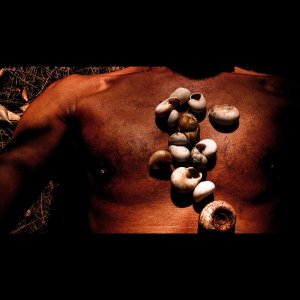
INTRO by Alan Gutierrez at Emerson Dorsch
Spiritual Practice
Frederic Brussat100 Ways to Keep Your Soul Alive
Street Art

Math sucks
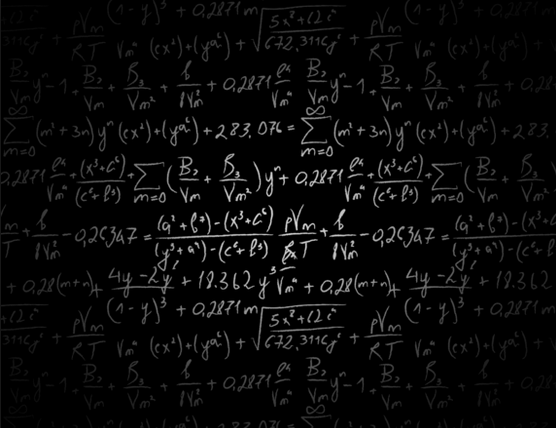
#selfie


No more weddings.
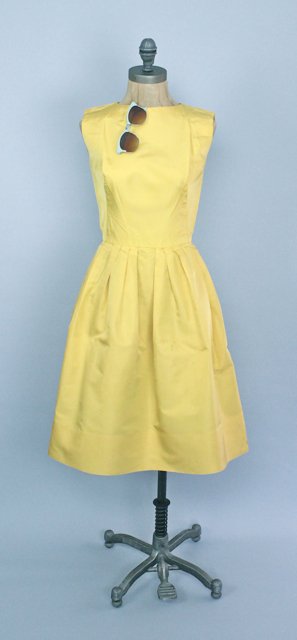
The Get It Girls (Photo)
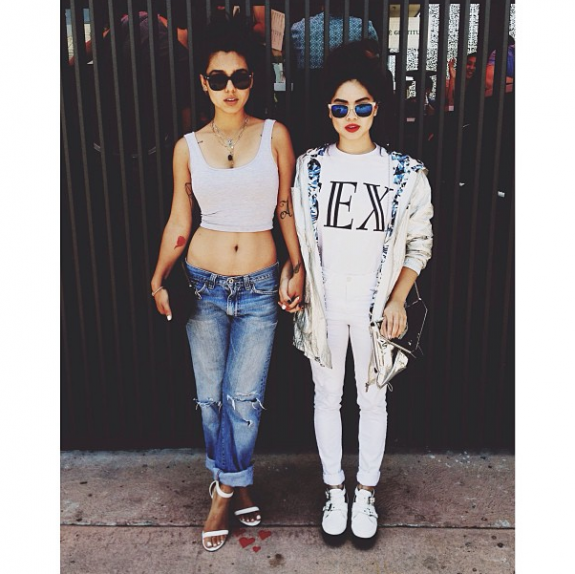
Toddler in Tears Expecting Iron Man
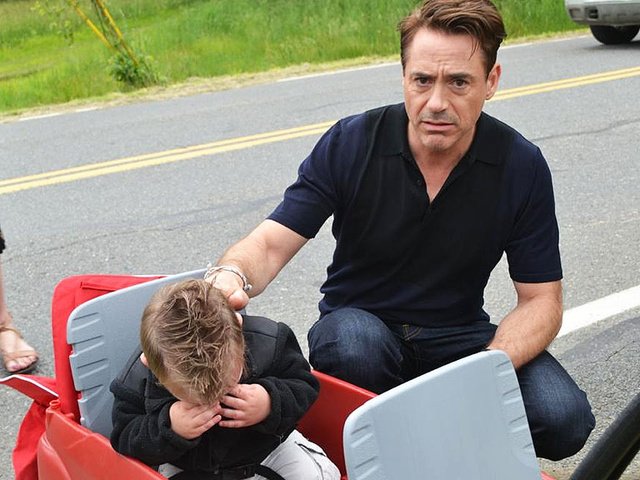
Robert Downey Jr. made a toddler cry because he wasn't the 'real' Iron Man.The actor - best known for playing the superhero and his billionaire alter ego Tony Stark - left 18-month-old superfan Jaxson Denno in floods of tears because he wasn't wearing his character's trademark red and gold suit in public.
Heather Denno, Jaxson's mother, was left to console her sobbing son, who was devastated to discover his favourite Marvel comics hero was a work of fiction.She told People magazine: 'He was fine as soon as he talked to him. [He] was so confused because I kept telling him it was Iron Man and he knew it wasn't. Well, not Iron Man in the suit.'
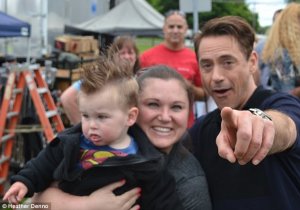
Oh Yeah - Vanessa Lake
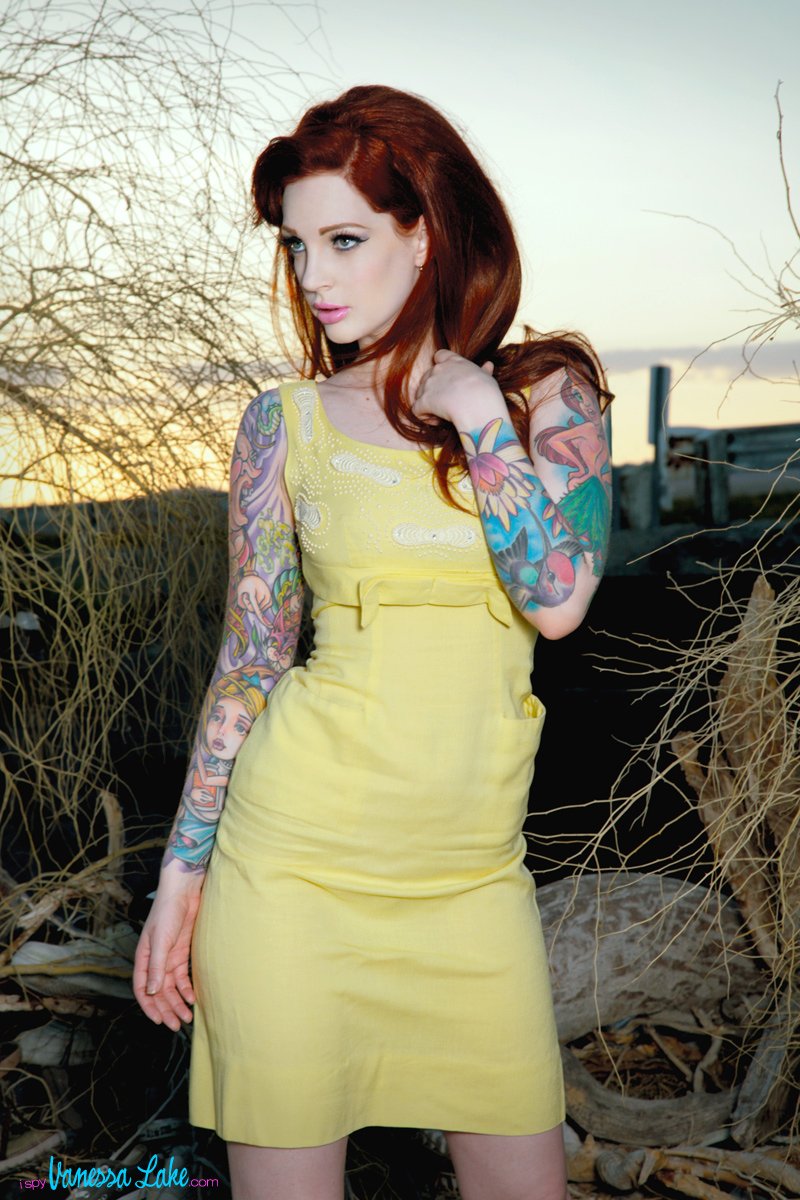
Oscar Wilde - Choosing Friends Quote
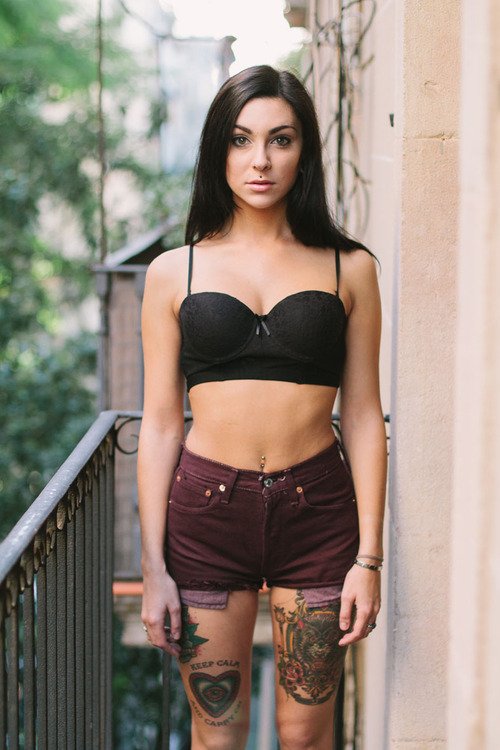
Our Rights - Thomas Jefferson
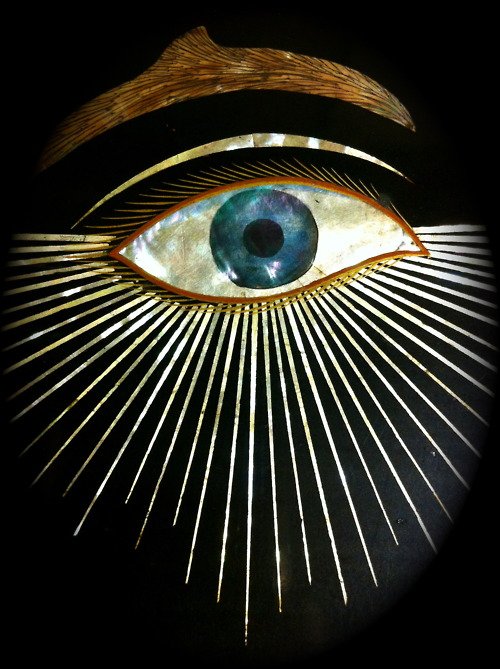
Aban Sonia - Joyriding
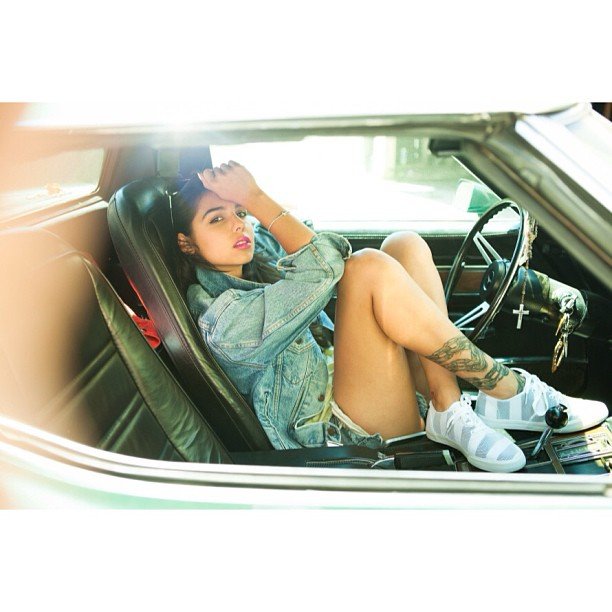
Works by Rudy Shepherd
Rudy Shepherd’s latest work explores the nature of evil through the mediums of painting and sculpture. This exploration involves investigations into the lives of criminals and victims of crime. He explores the complexity of these stories and the grey areas between innocence and guilt in a series of paintings and drawings of both the criminals and the victims, making no visual distinctions between the two. By presenting the people first and the stories second a space is created for humanity to be reinstilled into the lives of people who have been reduced to mere headlines by the popular press.
Going along with these portraits is a series of sculptures called the Black Rock Negative Energy Absorbers. They are a group of sculptures meant to remove negative energy from people allowing them to respond to life with the more positive aspects of their personality. It is on one hand a response to living in New York City for the last seven years and witnessing the madness that take place on the subway system, and an approach to political art that hopes to push the dialogue started in the late 80’s/early 90’s forward into 2008 by looking at the problems of society in a more comprehensive way, incorporating the rhetoric of new age mythology, and ancient religions.
Keep reading via RudyShepherd.com
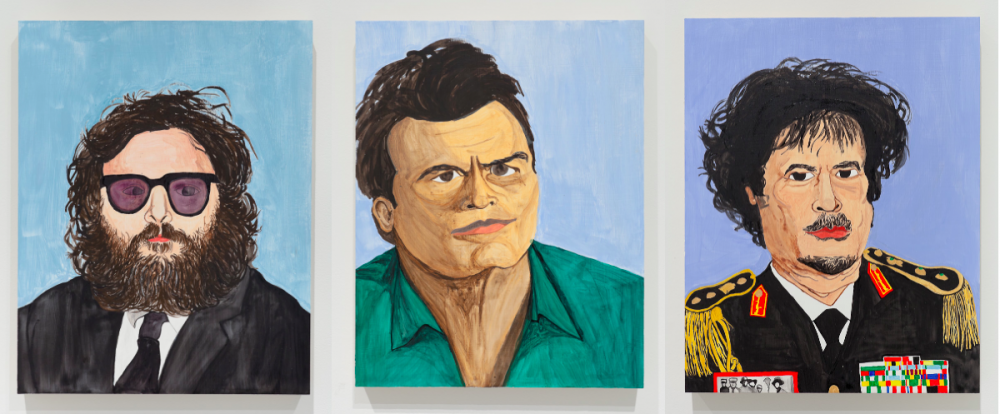
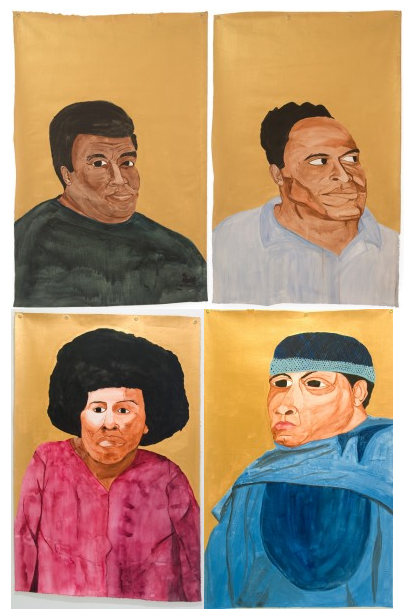
KIKI VALDES - Limited Edition Shirt - Sale ends June 18th
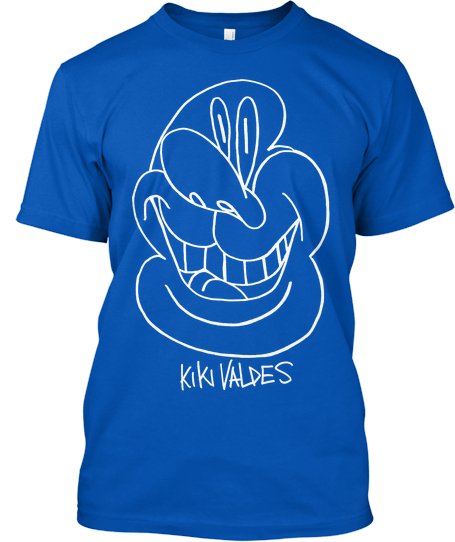
This is my first T-Shirt. I wanted to have fun and share something with all of you. The drawing on the shirt is a character that I use as a starting point for many of my recent paintings. These will be available for a very limited time so act now and get one today. Colors of shirts are Black and Royal Blue. Female fitted tees are also available.
Thanks for the support.
Kiki Valdes
Give Miami Day 2013
The Miami Foundation sets official date for
Give Miami Day 2013
Second
annual online philanthropy event to build on 2012’s extraordinary success
“The inaugural Give Miami Day was a demonstration of
Miami’s charitable spirit,” said Javier Alberto Soto, president and CEO of The
Miami Foundation. “On December 12, 2012, almost 5,000 donors gave more than $1.2
million to 300 organizations building a greater community. Miamians united in their support of a better
community for all, investing in our youth, health care, social services and the
arts.”
The Miami Foundation will maximize the community’s generosity by
matching a percentage of every donation between $25 and $10,000 received on
November 20 through givemiamiday.org. Donors can search and
give to organizations doing the work they believe is best for Miami-Dade, which
makes it easy to support the causes most important to them.
“The Miami Foundation,” continued Soto, “together with
a thriving and engaged community, will reignite the new, philanthropic Miami to
make Give Miami Day 2013 another milestone for our city.”
To participate in Give Miami Day, nonprofit organizations must serve
Miami-Dade County and create a free profile on givemiamiday.org. The profile will allow existing and potential donors the opportunity
to see the mission, work and impact of each organization. For more information, please visit miamifoundation.org/givemiamiday.
About The Miami Foundation:
Established in 1967, The Miami Foundation has helped
hundreds of people create personal, permanent and powerful legacies by
establishing custom, charitable Funds. With foundation expertise, Fundholders
have fostered the arts, awarded scholarships, championed diversity, taught kids
to read, provided food and shelter for the hungry and homeless, and more. More
than $150 million in grants and scholarships has been awarded in the
Foundation’s 45-year history. Today, the Foundation is steward to more than
$160 million in charitable assets. For more information about The Miami
Foundation, visit miamifoundation.org.
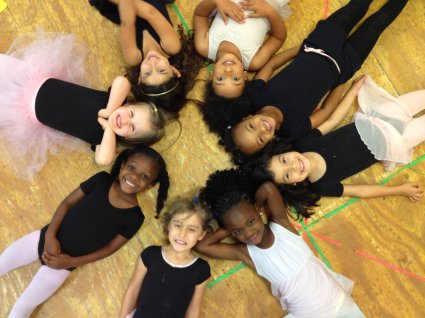
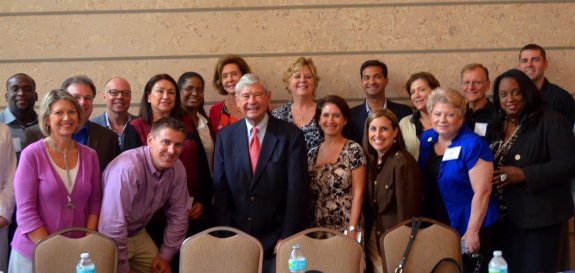
Interview with Kristen Soller
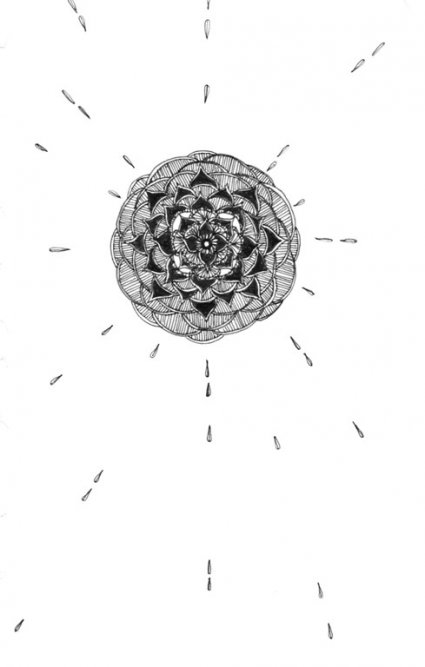
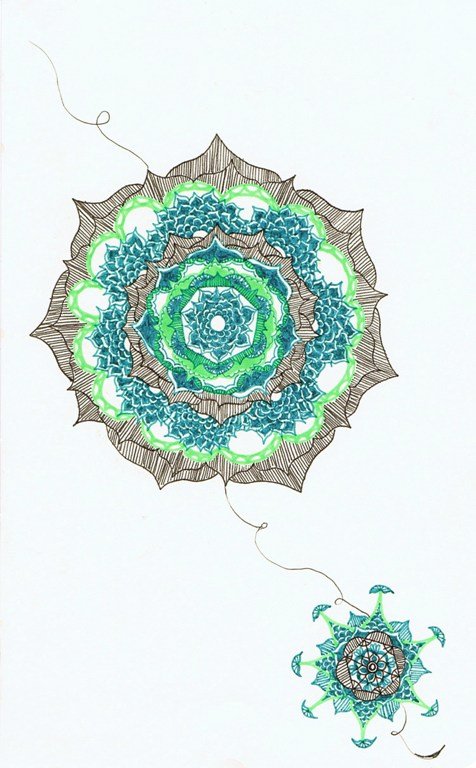
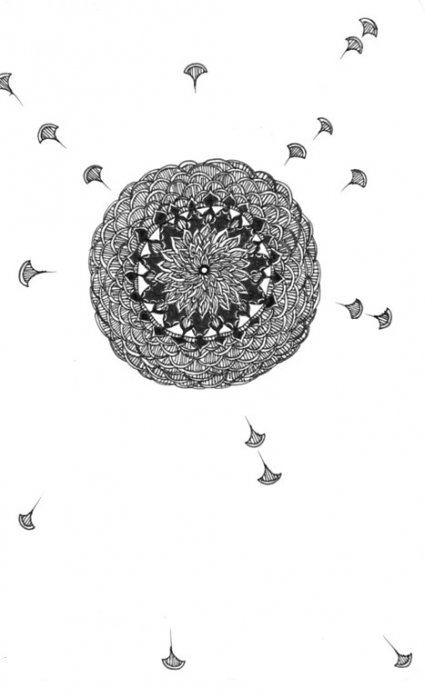
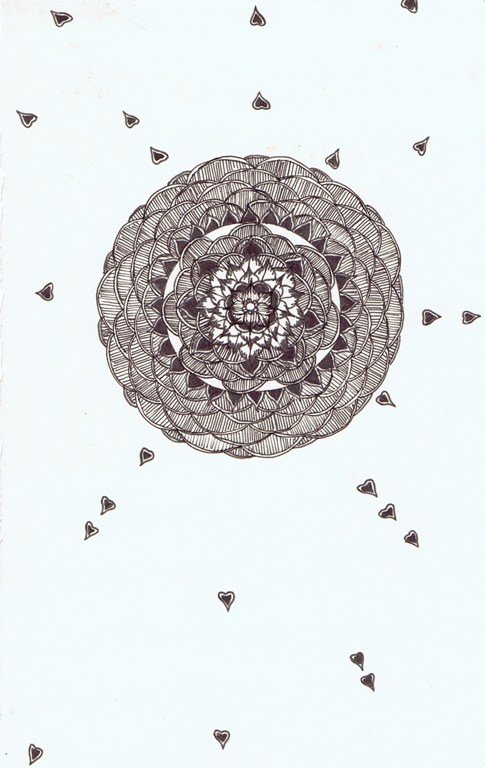
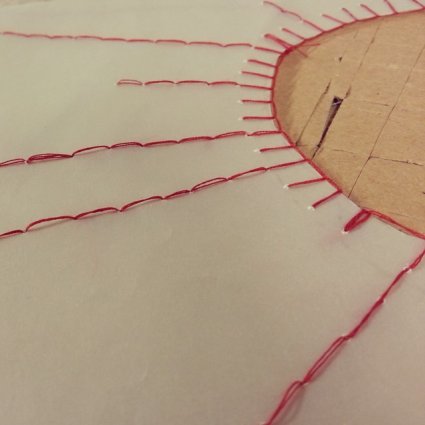
What do you love most about Miami?
I love Miami's atmosphere. I feel like it's an intimate place for being a 'city' and I love its tropical temperature. I could be having a horrible day and I just have to go outside to feel better. I'll take a bike to the water and take in the salty air.
How did you get started?
I have always been interested in art and drawing. I have been drawing for as long as I can remember. I have memories of just scribbling on walls and in books. I would illustrate my life, my future. I would tell stories to my parents about wanting to be a doctor or about my future place. I actually started out drawing really realistically, like people and portraits. Then, in the beginning of college I started doing more abstract things. I would say people I have met influenced me, like when I started dating David (Marsh) whose work is very abstract; he opened me up to that world. I started taking art history classes and learning more about artists that I like, Julie Mehretu, local artists like Liza Sylvestre and I like Louis Bourgeois and the emotional aspect behind her work
You are marrying a fellow artist, David Marsh, how much and in what ways do you influence or inspire each other?
As artists, we are total opposites. I find this advantageous because it's a constant conversation between us because of how easy it is to talk about what we like or don't like certain things. My fiancé was definitely influential in going into abstraction. He taught me that concepts and imagery don't always have to be obvious, that you free your mind more with it.
What are the themes you are exploring in your art now, doing abstract work?
I am still developing my voice right now. The questions I am asking myself as I create these pieces are about femininity. My work looks very feminine. I am questioning what is feminine work and what does it mean to use floral patterns. It is a conversation I have with myself. When I started doodling and developing more I started questioning what is this imagery. I respond by looking to sewing and embroidery and questioning fashion.
Can you elaborate on your work?
I feel like my work is very obsessive. I am trying to break free right now and have looser drawings. It is very meditative. I find it very therapeutic. I though I would become a writer. I used to write a lot of stories and I feel like my drawings have the same kind of meditation as writing. I used to be very into poetry. My obsessive drawings can look cursive in a way and I feel like that is liberating. Now I find that I am trying to move forward even more by making it more abstract and have less distinct lines. I do not write anymore. My drawings are my outlet.
Have you ever considered incorporating text?
I have actually. I think in phrases and stories. I am very much still a writer in my mind yet, when I express myself, it comes out in drawings.
Do you remember which story goes with which piece?
There is one drawing that I have that is very abstract. It has jellyfish in watercolor with very fine lines and I titled it “There is Something Deeper Lurking Underneath” and I had a drawing of a ball of thread and I called it ‘A Little Unraveling Could be Liberating.” A lot of my titles are lines from poems I imagine.
How important is the naming of each piece to you?
Naming is important to me as it is an integral part of each piece. Sometimes my drawings are born from phrases or thoughts in my head while other times titles are my own conscious response to a more unconsciously created drawing. Naming in itself is a conversation with myself about my pieces.
Are your works continuations, like stories and poems, or is each piece separate and conclusive within itself?
I am not sure. A lot of the titles that I have are emotions that I am trying to express and they are all related.
How does it alter your view of a piece if you hear a viewers interpretation at an exhibition and it is completely different from yours?
I love that. That is the beauty of art, have people see other things in your work. At the same time, when I look at my work it is so personal to me. I feel like I hide behind those images at the same time. A lot of times people look at my work and they say they are beautiful drawings. They are so flat and so detailed that people often do not know there was a feeling behind it. People look at art and think it is a way of looking into your emotions and thoughts. That is the interesting thing about abstraction and my work.
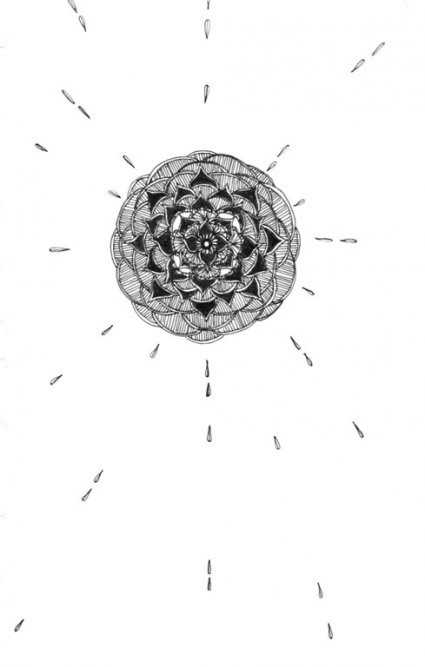
What range of emotions do you express in your work? What mood do you have to be in to draw?
My drawings are an outlet when I am frustrated or when I feel like my thoughts are obsessive. The drawing is a release of that. The emotions can be positive and negative. My drawings are mental mappings, in a way. Some people describe them as mandalas but as soon as I start drawing I loose myself in the work. The embroidery especially is such a tedious process that I literally just loose myself in the work which is what I want to achieve. When I look at my work I see the personal conversations with myself and also isolated thoughts that I have had and yet people think they are beautiful. I can appreciate that. That in itself is enough for me.
When did you start incorporating the embroidery?
Very recently. I use thread on paper. I wanted to figure out a way to make the drawings more tangible, more tactile. I started the sewing based on my questions on femininity which then opened up more ideas of fashion and also surface. How can I get underneath the surface. How can I get more personal about it? What I am trying to experiment with is trying to draw people in. The patterns are so interesting. You think it is a repeated pattern but it is hand drawn so there is that personal aspect to it. As I incorporate sewing and the patterns and I think about textiles it definitely opens up a different avenue for me as far as concepts. It makes me think of why people wear certain things and why girls cover themselves and how do people express themselves through fashion and what is underneath all of that. I am thinking of skin and surface. I started making different drawings of fur of different animals like the tiger. This is part of my current experimentation.
Do you separate the left and the right brain, the scientific from the artistic?
Me as a person, I definitely see myself as a right and left brain kind of person. People have said the drawings look scientific because they are so precise. It is a weird conflict because I feel like being so precise is keeping me from being personal. I do not try to replicate but I am interested in the process itself and when I am done and look at it I think “wow that really came together.”
Do you know when a work is finished or do you always feel like you want to continue?
I feel like I can go on forever. I have to force myself to stop or else I could drown in a drawing. Another artist I am looking to for inspiration is Yayoy Kusama. I do not want to achieve her aesthetic but I am interested in her process. She calls it “self-obliteration,” a process of loosing herself in a painting. It is not necessarily about her, it is about something bigger than herself. That is how I feel about my work. I am still trying to discover and develop my voice. I am hungry about fashion and textiles and patterns and embroidery. All of those things I want to incorporate in my work.
How important are colors to you?
Very important. I try to play with different colors and contrasts. Right now, I really like black and reds.
Do you choose colors based on aesthetic or an emotional connection and the characteristics associated with them?
I guess for me it is more about the emotional aspect. Reds are very strong and passionate and black is very bold. I feel like those are the best colors to express myself with at the moment. Even when writing, I love writing in black ink and red ink.
You use a lot of circular shapes. What do you like about circles?
It is part of that meditative process. There is something therapeutic and spiritualistic about it. Your thoughts are a cycle.
Your parents are from the Philippines. Are you inspired by your heritage and do you incorporate it into your art?
That is interesting for an artist who is still developing her voice. My parents never really raised me in the culture so in a way I feel kind of culture-less. I feel kind of whitewashed. My drawings are cold in a way because they are so precise and that may be partly because I do not have a cultural backing and there is not a lot of imagery from my culture in them. I don’t see an influence from that. My drawings are like isolated systems to me, rituals of some sort.
What are you currently working on? Do you have any exhibits coming up?
Not right now. The last one was the “Solar Intuition” group show in Wynwood with David and Brandon Opalka. I am in a period of creating new things.
Open Eyes
Jose Ortega y Gasset
Wynwood Art Walk June 2013
Create Your Own Life
Thomas Merton